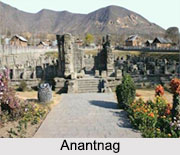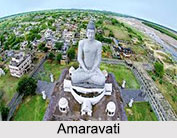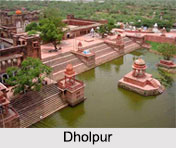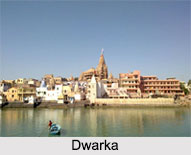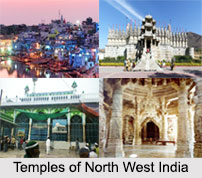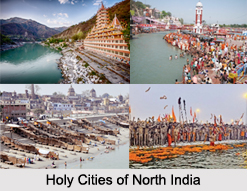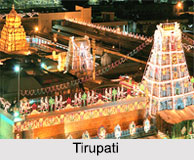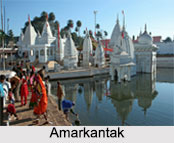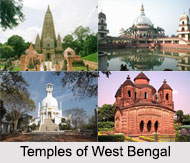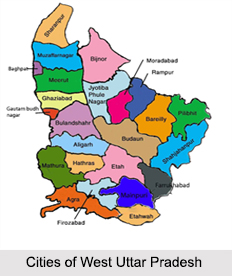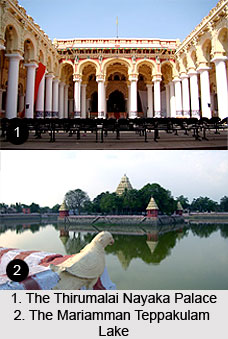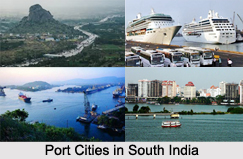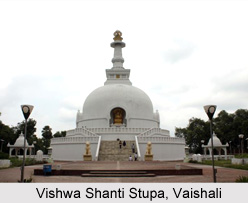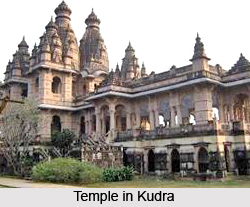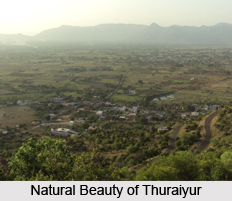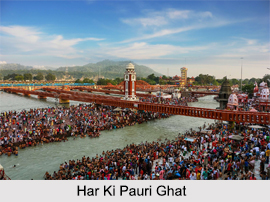In the state of Rajasthan one finds no dearth of cities and towns that have flourished here by leaps and bounds. Amongst several cities Neem-Ka-Thana is significant. In fact it has its location in the district of Sikar of the same Indian state. In fact it has acclaimed the status of being one of the 6 tehsils that have grown here. For supervising its administration a municipality also has been set up.
Without knowing the demographical updates of a town or city it becomes impossible for any one to gain acquaintance with it in the true sense. In order to collect enough information a handful of demographers have devoted majority of time and energy. Amongst enormous reports that were prepared afterwards one cannot fail to mention the name of census report of a particular year. It was issued out in the year 2001 and depicted facts like literacy rates, population status etc. As per this report , Neem-Ka-Thana has shown a population counting of 29,544. Following the same tradition of the nation , females are less in number than males. Thus male populace constitutes 53 % of the population. 47 % is population of females in Neem-Ka-Thana. In Neem-Ka-Thana, 16 % of the total population is below six years of age.
The scholars have regarded literacy condition as a yardstick for measuring progress and growth of a specific town. One can also collect data from this report as well. According to this report, the literacy rate of Neem-Ka-Thana has been measured to be 67 %. Thus it is even higher than that of the Indian continent, which constitutes 59.5 %. Moreover a gap exists between male and female literacy rates of Neem-Ka-Thana. Male literacy rate constitutes 77 %, which has rightly proven the inclination of males towards education and learning. In comparison female literacy is much less thus constitutes 56 %.
Few lines can be added from the standpoint of the district as a whole. Agriculture is one of the sources of income of the district people. Principal crops include wheat, bajra, red chillies,pulses, groundnuts, barley, gram, rapeseed, and mustard. Being a part of the district it is natural that people of Neem-Ka-Thana too stride into their footsteps as well.
